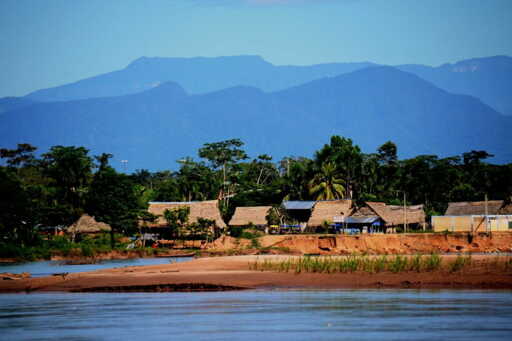Peru’s Indigenous Shawi people continue to contest a plan to build a highway through their territory in the country’s Amazonian region, citing fears about losing their land — even as local authorities nudge the project forward. The Yurimaguas–Balsapuerto–Moyobamba highway, backed by the government of the department of Loreto, would create a land link between two of Peru’s most important Amazonian regions, which until now have been connected only by a river course. In a Sept. 8 statement, representatives of the Autonomous Territorial Government of the Shawi Nation (GTAN Shawi) said establishing the highway “will encourage a wave of migrant settlers and illegal economies into our ancestral territory.” The Shawi territory covers around 1 million hectares (2.5 million acres) straddling the departments of Loreto and San Martín. Yet only 160 Shawi communities have been granted land titles so far, with another 514 still seeking that recognition. According to the Peruvian Ministry of Culture, the first recorded presence of the Shawi in the region dates back to 1538, when Spanish conquistadors and explorers crossed the territory. “We have cared for our territory throughout the centuries,” GTAN Shawi vice president Clauber Tangoa Huayunga told Mongabay. “For the Shawi Nation, the [construction of the] highway is not viable if communities’ land title is not secured first.” Members of the Shawi community, where the construction of the Yurimaguas–Balsapuerto–Moyobamba highway is sparking debate. Image courtesy of GTAN Shawi. The planned highway would run 54 kilometers (34 miles), covering 5,400 hectares (about 13,300 acres) of Shawi territory.…This article was originally published on Mongabay
From Conservation news via this RSS feed


